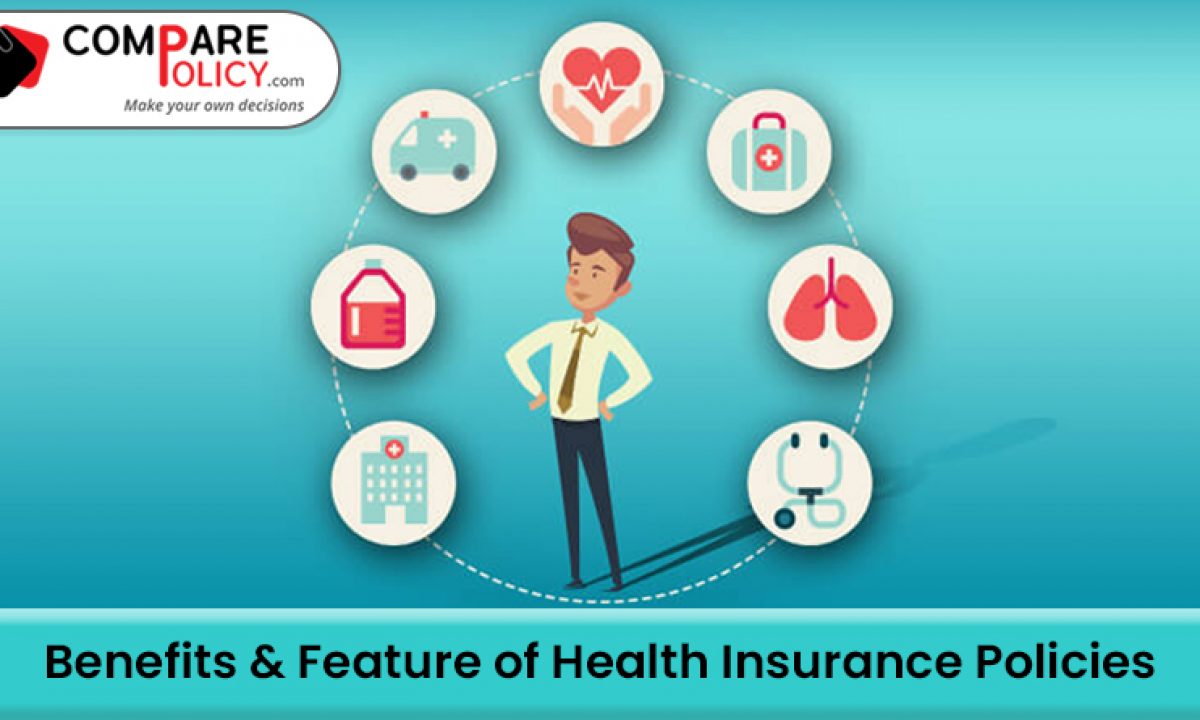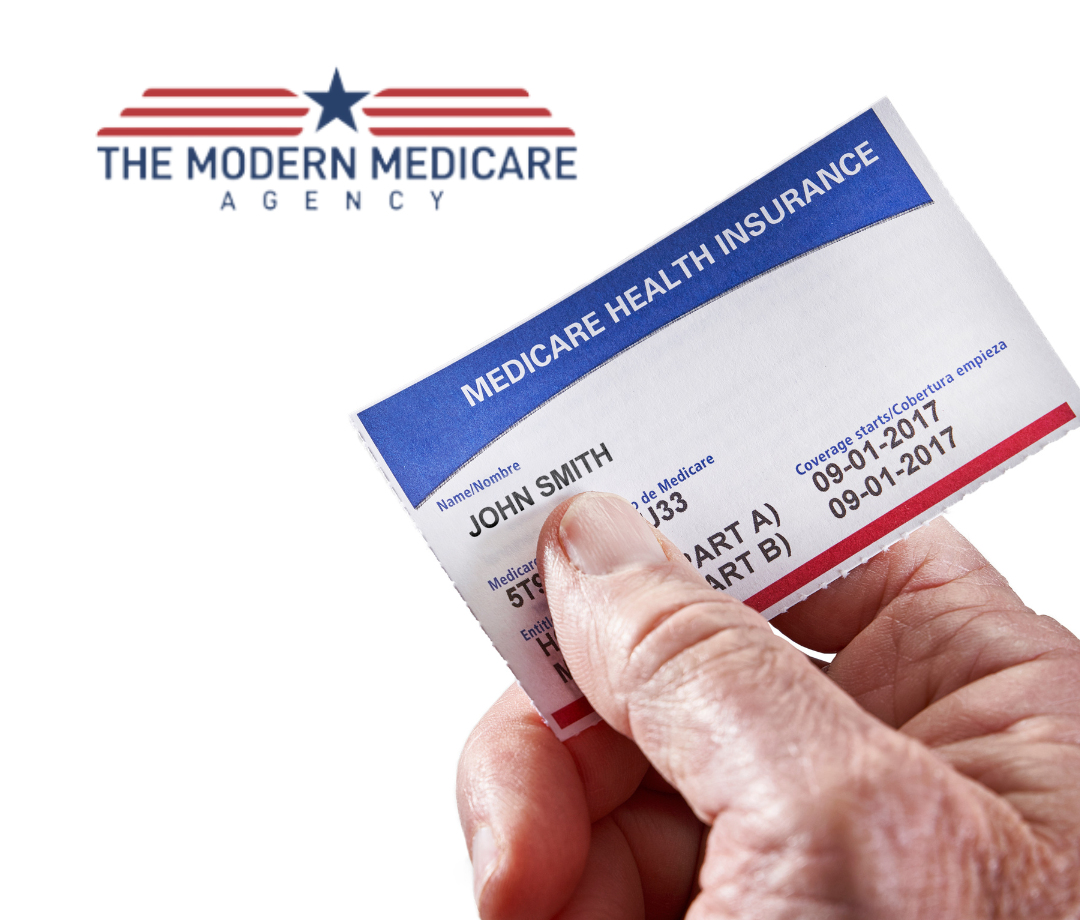Some Known Facts About Medicare Advantage Agent.
Some Known Facts About Medicare Advantage Agent.
Blog Article
Not known Facts About Medicare Advantage Agent
Table of ContentsThe Definitive Guide for Medicare Advantage AgentIndicators on Medicare Advantage Agent You Should KnowThe Only Guide to Medicare Advantage Agent


follows from adheres to the perplexing young age profile of the uninsured with the better health, on average, standard younger persons. For those without access to office health and wellness insurance coverage, inadequate wellness is a possible obstacle to purchasing nongroup insurance coverage since such insurance coverage might be highly valued, leave out pre-existing problems, or be just inaccessible. Unless or else noted, national estimates of people without wellness insurance and percentages of the populace with various kinds of coverage are based on the CPS, the most extensively used source of price quotes of insurance policy protection and uninsurance prices.

Not known Details About Medicare Advantage Agent
Over a three-year period starting early in 1993, 72 million individuals, 29 percent of the U.S. population, were without insurance coverage for at least one month. Within a solitary year(1994), 53 million people experienced at least a month without coverage(Bennefield, 1998a). Six out of every ten without insurance adults are themselves employed. Working does boost the chance that one and one's household participants will certainly have insurance, it is not an assurance. Even members of families with 2 full time wage earners have practically a one-in-ten possibility of being without insurance (9.1 percent uninsured price)(Hoffman and Pohl, 2000 ). The partnership in between health and wellness insurance and accessibility to care is well established, as documented later on in this phase. Although the connection between health insurance policy and wellness results is neither straight nor straightforward, a substantial clinical and health services research study literary works web links health insurance policy protection
to improved accessibility to care, much better high quality, and enhanced individual and populace health status. For instance, the 2nd record, on personal health results for uninsured grownups, is represented by the innermost circle of the figure, while the 3rd record, on family well-being, includes the subjects of the 2nd record however stresses a various unit of analysis, specifically, the family members. The sixth record in the collection will certainly present information about methods and initiatives taken on locally, statewide, or across the country to resolve the lack of insurance and its damaging influences. Degrees of evaluation for checking out the results of uninsurance. This conversation of medical insurance protection concentrates largely on the U.S. population under age 65 since basically all Americans 65 and older have Medicare or other public protection.
Additionally, it concentrates particularly on those without any medical insurance for any kind of size of time. The problems dealt with by the underinsured are in some aspects comparable to those faced by the without insurance, although Bonuses they are usually much less extreme. Uninsurance and underinsurance, however, entail noticeably various plan issues, and the methods for addressing them might vary. Throughout this research study and the five records to adhere to, the major emphasis gets on individuals without any medical insurance and thus no help in spending for wellness treatment beyond what is available with charity and safeguard establishments. Wellness insurance policy is a powerful element affecting invoice of care since both people and doctors react to the out-of-pocket rate of services. Medical insurance, however, is neither necessary neither adequate to get accessibility to clinical services. The independent and straight impact of health and wellness
insurance insurance policy protection access to health wellness is well established. Others will certainly obtain the healthcare they need even without wellness insurance policy, by paying for it expense or seeking it from service providers who offer treatment cost-free or at highly subsidized prices. For still others, medical insurance alone does not guarantee invoice of care because of various other nonfinancial barriers, such as an absence of healthcare suppliers in their neighborhood, restricted access to transport, illiteracy, or linguistic and cultural distinctions. Formal research regarding without insurance populaces in the United States dates to the late 1920s and early 1930s when the Board on the Expense of Medical Treatment produced a series of reports concerning financing medical professional office visits and hospital stays. This problem ended up being prominent as the numbers of medically indigent climbed during the Great Clinical depression. Empirical researches regularly support the link in between access to care and enhanced health results(Bindman et al., 1995; Starfield, 1995 ). Having a regular resource of treatment can be taken into consideration a predictor my website of accessibility, as opposed to a direct procedure of it, when health end results are themselves used as accessibility indicators. This extension of the concept of accessibility measurement was made by the IOM Board on Checking Accessibility to Personal Healthcare Services(Millman, 1993, p. Whether parents are insured shows up to impact whether or not their youngsters receive treatment along with just how much careeven if the youngsters themselves have coverage(Hanson, 1998). The health of parents can influence their capability to care for their children and the degree of family members stress. Stressing over their kids's access to care is itself a source of stress for moms and dads. 3 phases follow in this record. Chapter 2 provides a summary of just how employment-based medical insurance, public programs and private insurance coverage operate and engage to supply extensive yet incomplete protection of the united state populace. This consists of a testimonial of historical patterns and public policies affecting both public and personal insurance policy, a conversation of the interactions among the different sorts of insurance, and an exam of why people move from one program to another or end up

Report this page